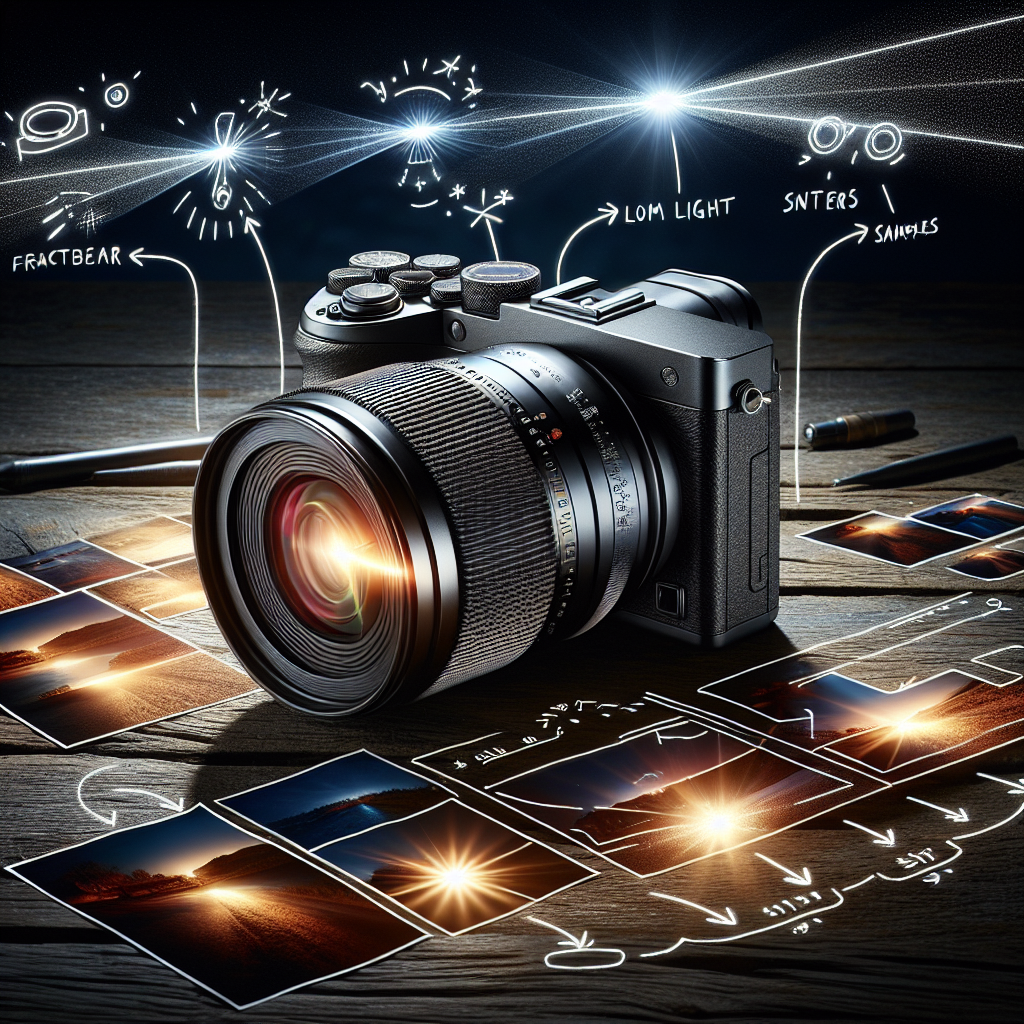How to Choose the Best Low Light Camera for Stunning Photos
When it comes to photography, lighting plays a crucial role in capturing stunning images. While ample natural light is ideal for most situations, sometimes you may find yourself in low light conditions where the available light is limited. In such cases, having a low light camera can make all the difference in capturing those precious moments.
What is a Low Light Camera?
A low light camera, as the name suggests, is a camera specifically designed to perform well in low light conditions. These cameras are equipped with advanced features and technologies that allow them to capture clear, noise-free images even in challenging lighting situations.
Key Features to Look for in a Low Light Camera
When choosing a low light camera, there are several key features you should consider:
- ISO Performance: ISO determines the camera’s sensitivity to light. Look for a camera with a high ISO range to ensure it can capture images in low light without excessive noise.
- Aperture: A wider aperture allows more light to enter the camera, making it easier to capture low light scenes. Look for a camera with a wide aperture lens.
- Noise Reduction: Cameras with advanced noise reduction technology can produce cleaner images in low light conditions.
- Image Stabilization: This feature helps reduce camera shake, which is more noticeable in low light. Look for cameras with built-in optical or sensor-shift stabilization.
- Low Light Autofocus: Quick and accurate autofocus is essential in low light. Look for cameras with advanced autofocus systems that perform well in low light conditions.
Types of Low Light Cameras
There are several types of low light cameras to choose from:
- Mirrorless Cameras: Mirrorless cameras are known for their ability to perform well in low light conditions. They have larger sensors and can capture more light, resulting in better image quality in low light.
- DSLR Cameras: DSLR cameras also offer excellent low light performance. They have larger sensors and interchangeable lenses, allowing for more flexibility in different lighting conditions.
- Compact Cameras: Compact cameras are smaller and more portable than mirrorless and DSLR cameras. While their low light performance may not be as impressive, they are still capable of capturing decent images in challenging lighting situations.
Conclusion
Investing in a good low light camera can greatly enhance your photography, allowing you to capture stunning images in any lighting condition. Consider your specific needs and budget when choosing a low light camera, and don’t forget to test it out to ensure it meets your expectations. With the right low light camera in hand, you’ll be ready to capture unforgettable moments even in the darkest of environments.

